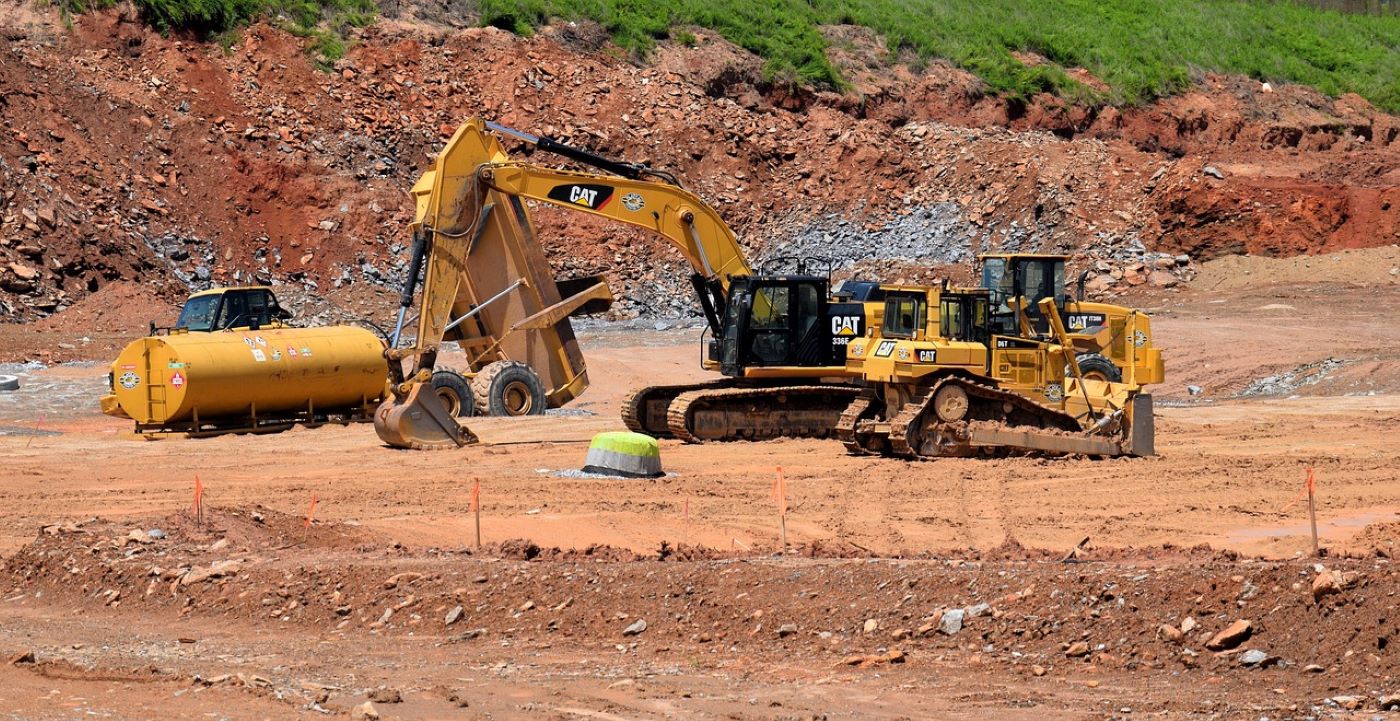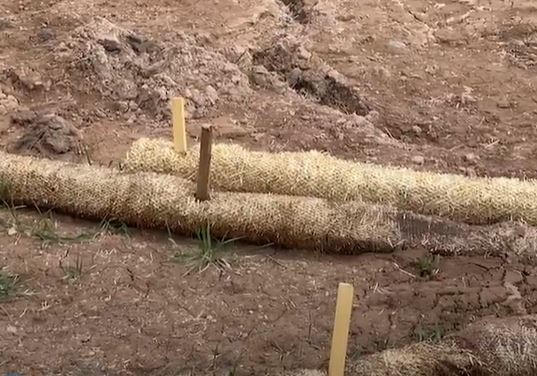
Construction BMP Guide: C235 Wattles
Wattles are temporary erosion and sediment control barriers consisting of straw, compost, or other material that is wrapped in biodegradable tubular plastic or similar encasing material. They reduce the velocity and can spread the flow of rill and sheet runoff and can capture and retain sediment. Wattles are typically used in areas that require immediate erosion protection, on exposed soils during the period of short construction delays or over winter months, or on slopes requiring stabilization until permanent vegetation can be established.
*The contents of this guide are to provide a general overview only. It is the user’s responsibility to ensure all BMPs utilized on their project meet the requirements of their state and local jurisdictions.

Wattle Installation:
- Entrench wattles to prevent water from passing underneath them.
- Install wattles perpendicular to the flow direction and parallel to the slope contour.
- Build trenches and install wattles from the base of the slope and work up. Spread excavated material evenly along the uphill slope and compact it using hand tamping or other methods.
- Overlap the ends of adjacent wattles 12 inches behind one another.
- Install stakes at the end of each wattle and at 4’ centers along the entire length of the wattle.
- If required, install pilot holes for the stakes using a straight bar to drive holes through the wattle.
- Wooden stakes should be 0.75”x0.75” by 24 inches. Willow cuttings or 3/8-inch rebar can also be used for stakes.
- Consider site conditions when spacing trenches. Steeper slopes, higher rainfall, and more mobile soils will require trenches to be spaced closer together.

Wattle Maintenance:
- Ensure wattles are in contact with soil and thoroughly entrenched.
- Inspect the slope after significant storms and repair areas where wattles are not tightly abutted or water has scoured beneath the wattles.
- Ensure vehicles or equipment don’t run over wattles. Replace any damaged wattles and redirect construction traffic if needed.
- Remove any wattle material that has not biodegraded after the site has been stabilized



